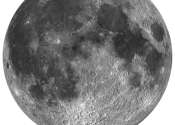SpaceX test fires a Raptor engine, simulating a lunar landing
When NASA astronauts return to the surface of the moon in the Artemis III mission, the plan is to use a modified SpaceX Starship as their lunar lander. NASA announced last week that SpaceX has now demonstrated an important ...









